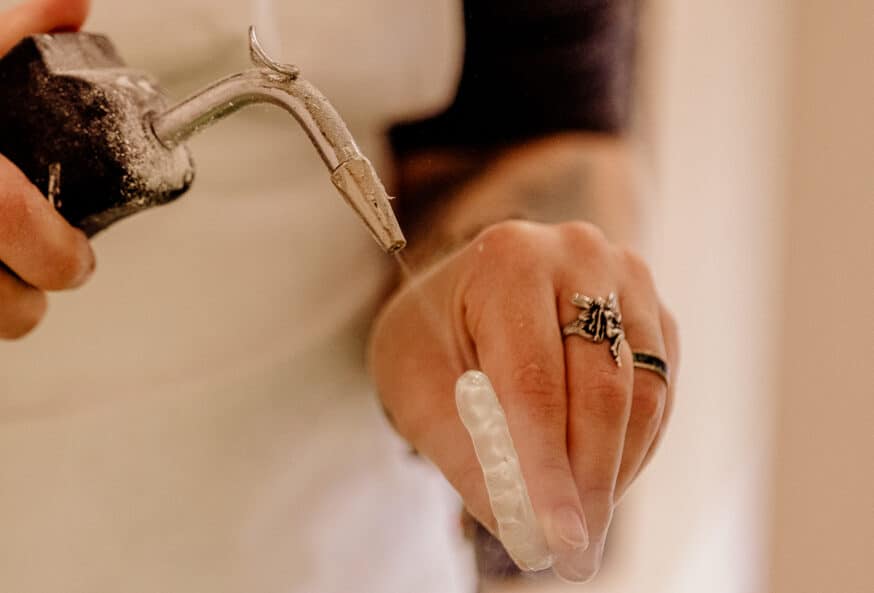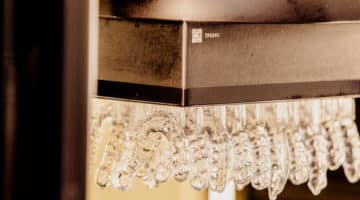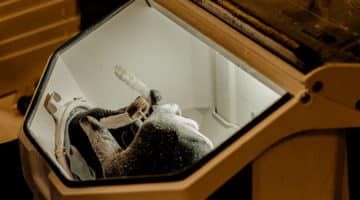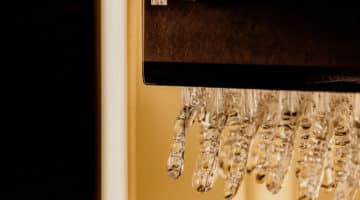Night guards have come a long way—in a short time—to best treat specific conditions such as jaw tension, headaches, and sleep issues. The advancement in dental technology utilizes different materials, chiefly plastics and acrylics, depending on use cases.
Along with enhancements such as customizable thickness, advanced airflow channels, and more comfortable tongue tags, we’ve seen newer thermoplastic materials and dual-layer designs usher in a new era in night guards.
What is a night guard?
For those unfamiliar, a night guard is a kind of mouth protector that covers the biting surfaces of your teeth. While night guard is what it is most commonly called, it has other names, such as a mouth guard, occlusal guard, bite splint, dental mouth guard, nocturnal bite plate, etc. Suggesting an upper or lower night guard depends on the patient’s case severity. As a dental professional, it’s important to know everything about an occlusal guard to ease a patient’s concerns beforehand.
To ensure that night guards are medically necessary, you can assess their bite and deterioration with an intraoral scanner. Paired with CAD/CAM technology, you and your patients can get a better picture of the current situation before crafting the perfect night guard.
Explore digital night guards
Digital workflows make adding a night guard to restorative cases as easy as one click. Add a night guard to your crown, implant or other restorative cases to help protect opposing dentition.
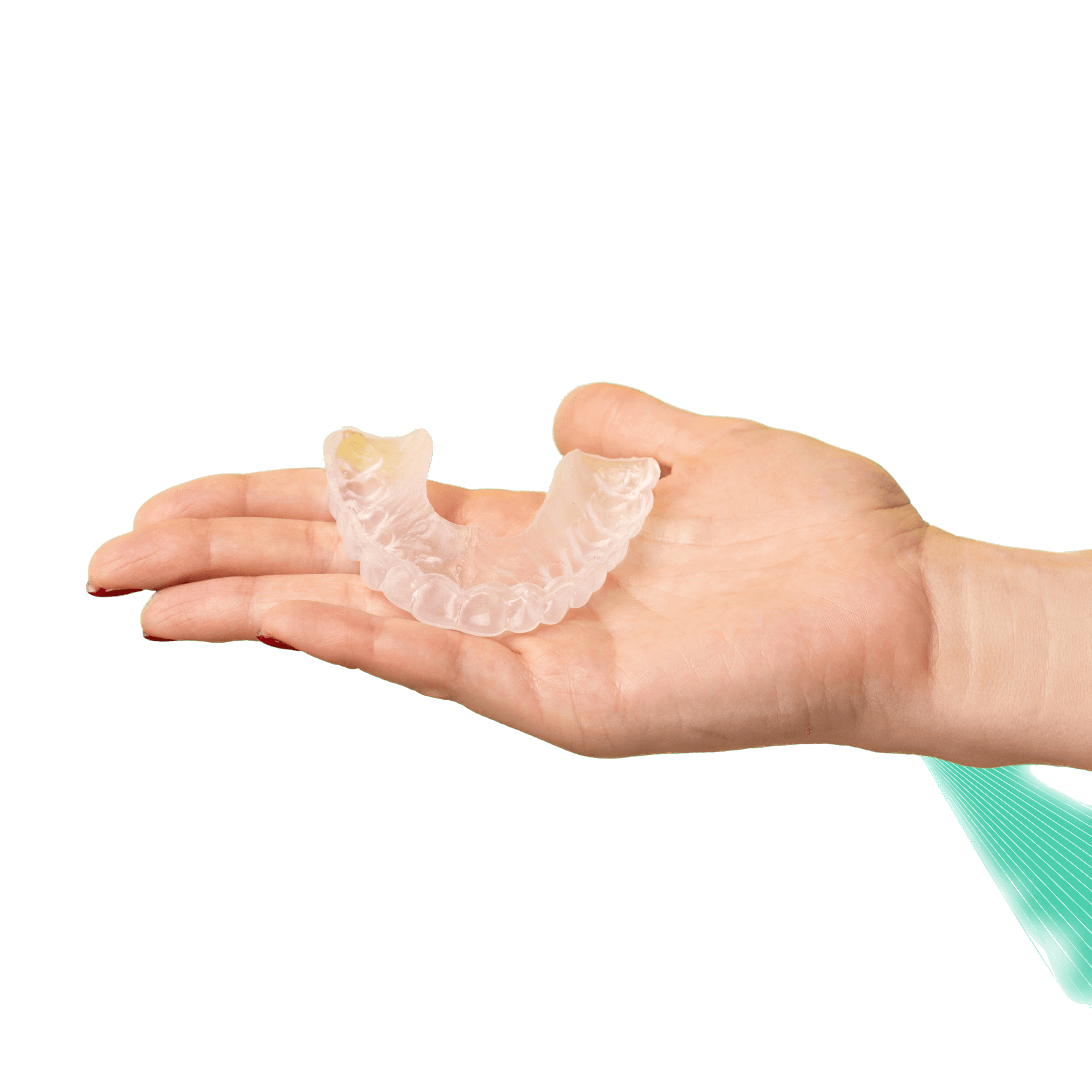
Types of night guard materials
Night guards are molded from plastics and acrylic-based materials. Some patients may be interested in this information because of chemicals used in making plastic products such as BPA and phthalates.
Acrylic night guard material
Hard night guards are prescribed to patients with Temporomandibular Joint Disorder (a dysfunction of the sliding hinge that connects the jawbone to the skull). They are thermoformed of a non-flexible, rigid acrylic material which keeps the splint in place and the teeth in the correct position. Hard night guards offer protection for the most severe cases of teeth clenching and bruxism.
BPA night guard material
BPA (bisphenol A) is a chemical used in the manufacture of hard plastics. According to the ADA, BPA isn’t a primary ingredient in the manufacture of modern dental materials, but it may be present in some dental sealants and composites so read the fine print from your lab.
Note: All Dandy night guards are BPA-free
Health concerns include a possible link between BPA and Type 2 diabetes, increased blood pressure, or cardiovascular disease leading many to believe this is a potentially toxic night guard material.
Phthalates night guard material
Phthalates, often called plasticizers, are a group of chemicals used to make plastic products. The chemical is used to produce a product that is flexible, yet difficult to break. The non-dental concern is that when people consume foods or drink beverages stored in containers containing phthalates, they may ingest phthalate particles.
The health effects of human exposure to low levels of phthalates are unknown, though animals have shown adverse effects when exposed. Additional research is required to completely assess the health effects of phthalate exposure from night guards but in the meantime, this night guard material is not regarded as toxic.
Ethylene-vinyl acetate night guard material
Soft night guards are the best choice for most mild cases of clenching and bruxism. They are comfortable to wear and effective in treating conditions like jaw pain, soreness and headaches.
Soft night guards are usually made from ethylene-vinyl acetate (EVA), which is considered safe as EVA doesn’t contain phthalates or BPA. EVA is also used to line hybrid night guards.
Safety of night guard materials for dentists
If you or your patient are concerned about the dental mouth guard material or chemicals used in making a night guard, contact your dental lab. They can tell you which chemicals are present in the night guard materials they use and you can allow the information to be a factor in appliance selection.
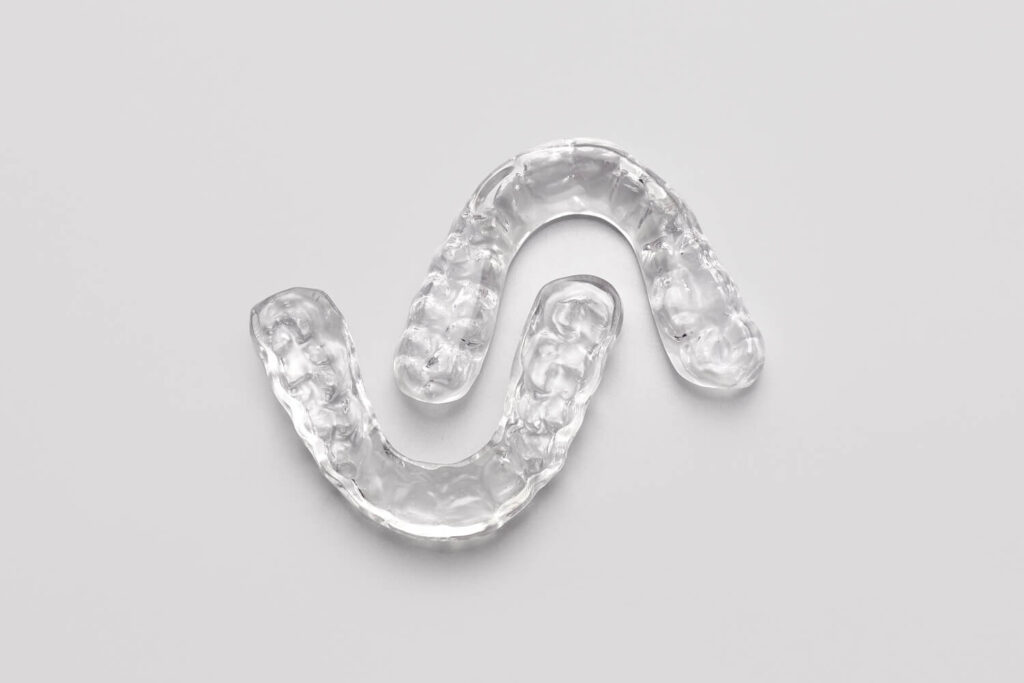
Important facts about night guards and materials
A key to maintaining any restoration for a dental practice
Restorations are complex and expensive procedures that are essential for dental health. Night guards ensure this work is long-lasting, preventing the need for further work and reducing the need for revisions over time. The benefit to the patient is that night guards are a cost-effective and preventative addition to their care.
Night guards are a multi-purpose tool
Night guards can help relieve many health issues, including difficulty sleeping, migraines, headaches, jaw pain issues, and nighttime congestion. Clenching and teeth grinding are often the culprits behind these afflictions, and a night mouth guard can make a significant difference, leading to a marked improvement in comfort and overall health.
Consider flexibility vs. functionality for night guard material
When it comes to materials, dentists are familiar with Soft, Hard, and Hard/Soft options, all of which come with inevitable tradeoffs. Soft guards are more comfortable but do not withstand force effectively and need replacement more often than hard guards. They can also encourage clenching and chewing because of their more pliable texture.
- Hard night guards are more durable and more effective for heavier bruxism but offer less comfort—a hurdle for patient compliance.
- Hard/Soft night guards have often been the ideal middle ground for most cases, but these are still far less durable than Hard night guards, so they will need more frequent replacement.
If what’s on the market doesn’t meet your standards, consider ordering a custom night guard. With a custom night guard, not only would the size be customized but you can also decide the material, softness, and hardness.
Here is our comparison of night guard material characteristics:
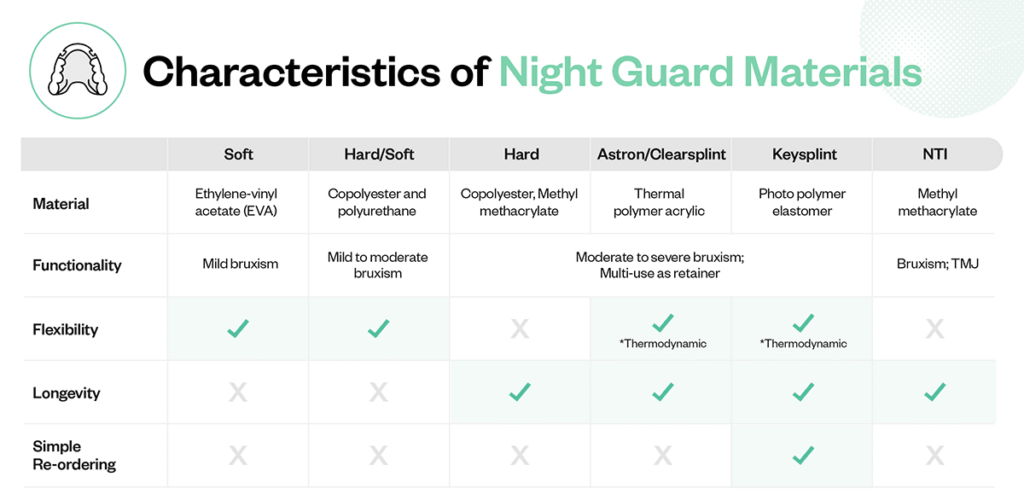
Key splint night guards: The newest evolution in night guard materials
This modern resin-based material leads the pack with its impressive combination of flexibility, durability, and comfort, even for significant bruxism. Key Splint night guards are digitally designed and printed, taking full advantage of digital dentistry to create an easily replicable fit. The thermodynamic nature of Key Splints is where the real magic lies: the material becomes flexible in hot water, allowing the night guard to be tightly formed to the patient’s mouth for a perfect fit–offering both excellent strength and remarkable comfort.
Digital production: The simplest and most effective method of manufacturing night guards
Key Splint night guards are easily produced using digital impressions, creating highly accurate guards with minimal adjustments needed. Replacements are a snap using the existing scans, so there is no need for a patient visit until the dental guard has arrived at the office for pickup, making the process cost-effective for both the patient and the practice.
Prescribing night guards: Patients need nudging
Patients may not easily grasp the immense value of integrating a night guard into their routine. Hence, dentists often have to educate patients in order to achieve case acceptance. But the benefits over time are significant. Once your patients understand the value of night guards, not only for protecting existing restorations but also for preventing the need for future work and easing other more insidious health issues, they are far more likely to opt into this upgrade in care. This simple addition can be a game-changer, leading to better dental health for patients and significant benefits for your practice.
Simplifying night guard workflow with Dandy
Increase your practice’s profitability by adding digital night guards to your workflow. In our webinar on night guard materials and best use cases, Dandy’s night guard experts explored how the materials and methods of the modern night guard are a far cry from the uncomfortable models of the past. Once your patients see the benefits, so will your practice.
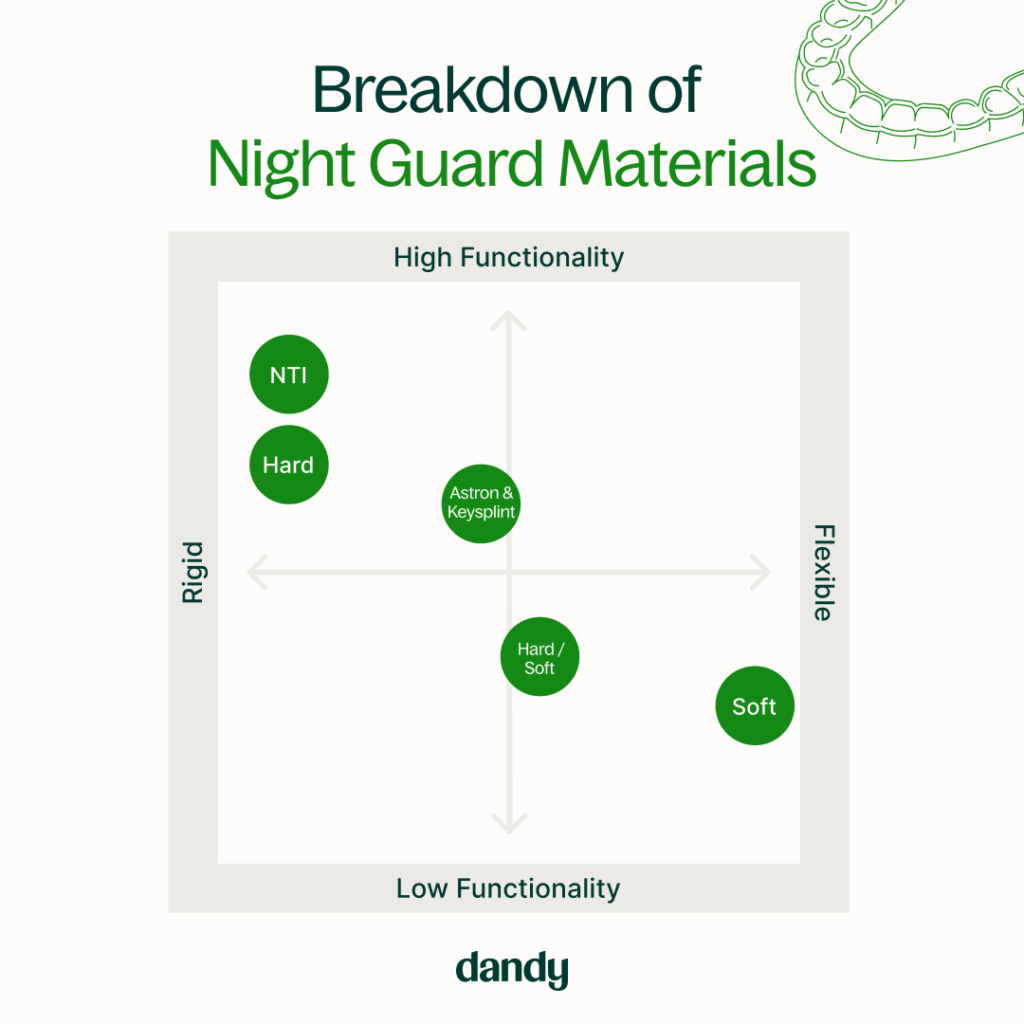
Offer night guards to patients without extra impressions, dental lab work, or appointments with Dandy. Learn more about Dandy’s night guard offering here.
